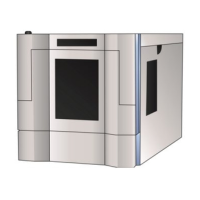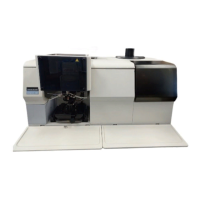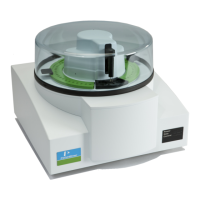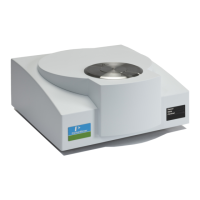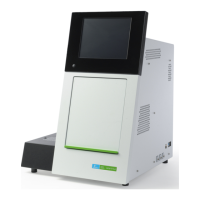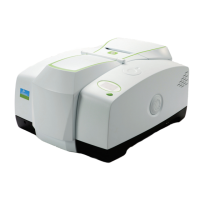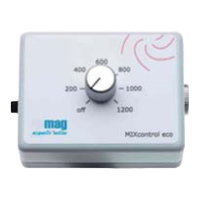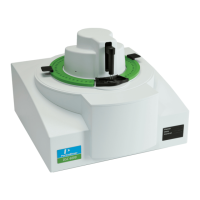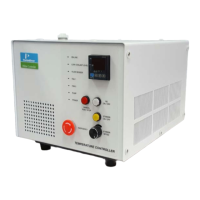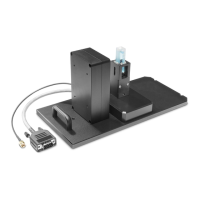CHAPTER 12
206 PerkinElmer Life and Analytical Sciences
High Sensitivity/Low Level Count Mode Setup
When operating the system in the High Sensitivity or Low Level Count Modes,
remember that the maximum sample activity is 100,000 CPM. If a sample exceeds
this count rate, the system will automatically switch to the Normal Count Mode.
Therefore, when purchasing or making quenched standards or reference
standards, this limitation must be observed for proper operation.
When defining a protocol, either the High Sensitivity (HSCM) or Low Level Count
Mode (LLCM) must be selected in the Count Conditions window. Selecting LLCM
will automatically cause the instrument to operate at that level of afterpulse
discrimination. This will enable the TR-LSC background discrimination.
Note:The luminescence correction feature is not recommended for
use when you are counting very low CPM samples. For such
samples, the Luminescence Correction check box in the Count
Corrections window should be NOT be marked.
Note:Do NOT use High Sensitivity or Low Level Count Modes to
count alpha samples in normal CPM or DPM counting assays.
These TR-LSC discrimination modes are not appropriate for
counting alpha samples. Extremely low alpha count rates will be
observed.
Frequently, it is preferable to allow samples to dark adapt before actual counting
commences. The Tri-Carb analyzer provides sample counting delays up to 99.99
minutes. With a sample counting delay selected, the sample is lowered into the
counting chamber and allowed to dark adapt for the specified delay time before
counting for the indicated counting time. The Pre-Count Delay is selected in the
Count Conditions window and is specific for the assay.
Precautions and Limitations
It is important to note that background radiation varies throughout the world, and
will be a factor when determining the instrument background. Higher elevations
and areas where the geology tends to concentrate uranium and its decay products
will most likely yield higher backgrounds. The exact instrument background and
performance for a given location must be determined at the site of the
installation.

